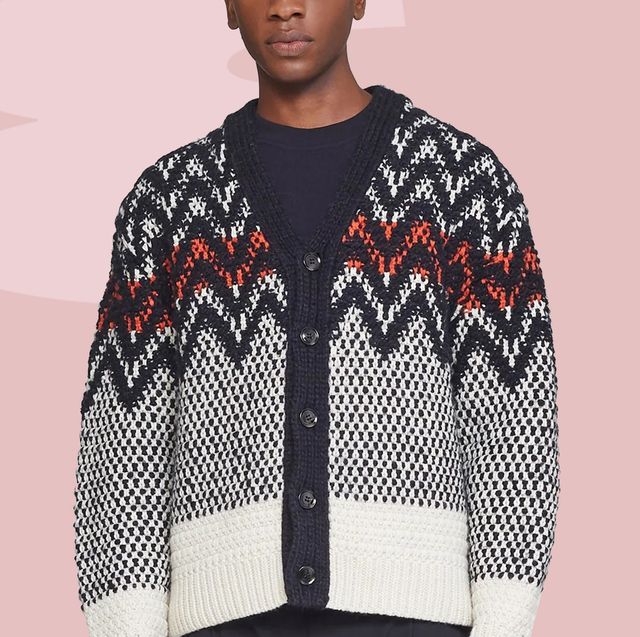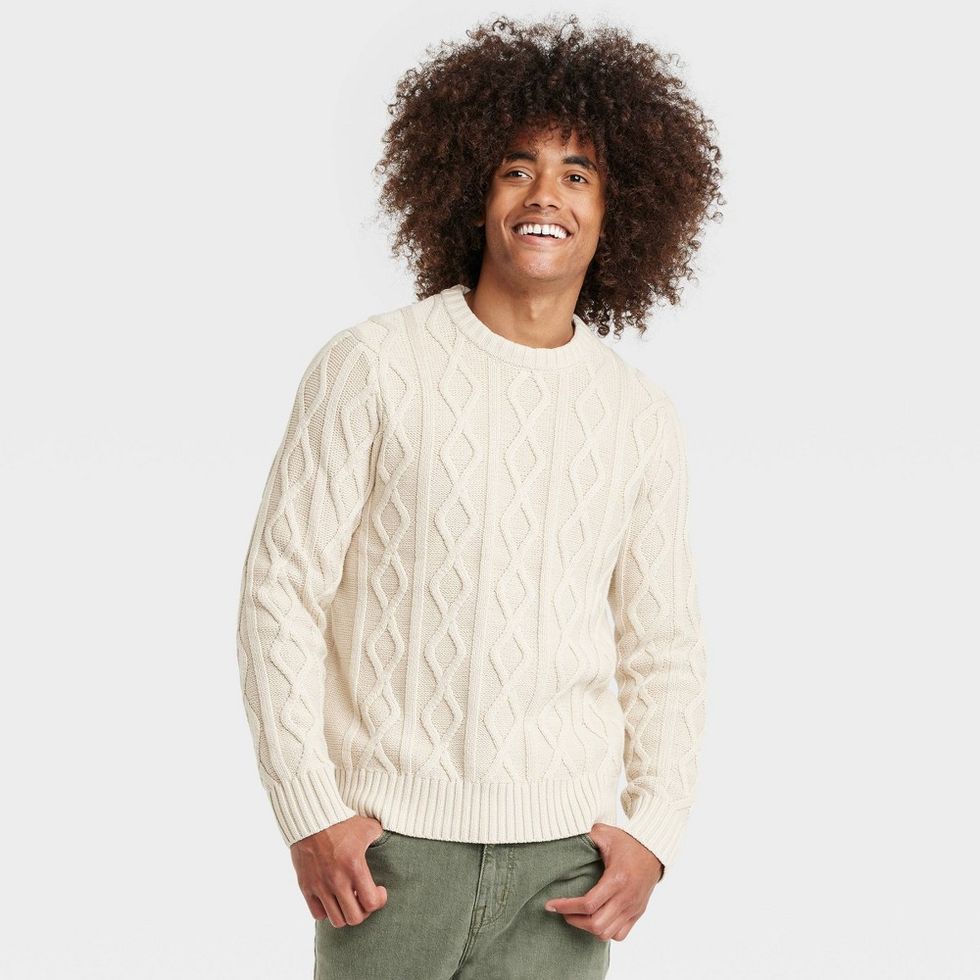Best fall sweaters, when it comes to choosing the perfect men’s sweater for autumn, several factors come into play that can significantly influence both the functionality and aesthetic appeal of the garment. This comprehensive guide will delve into the key aspects one should consider when making this seasonal wardrobe selection.

1. Material Selection
Autumnal sweaters are typically crafted from materials that offer warmth without excessive weight. Wool is a classic choice due to its insulating properties, breathability, and moisture-wicking capabilities. Merino wool is particularly desirable as it’s soft, lightweight, and hypoallergenic. Cotton blends or cashmere provide luxurious softness while still maintaining adequate warmth. Synthetic fibers like acrylic or polyester can mimic the feel of natural fabrics while often being more affordable and durable.
2. Style Considerations
The style of the sweater is crucial depending on your intended use. Crew necks are versatile and suit casual and semi-formal looks. V-necks visually elongate the torso and pair well with dress shirts for a layered look. Cardigans are ideal for transitional weather, offering an extra layer that can be easily removed. Turtlenecks are excellent at providing warmth around the neck and are stylishly minimalistic. Consider the fit too – slim fits are modern and flattering, while relaxed fits offer comfort and a laid-back vibe.
3. Colour and Pattern
Autumn hues tend to lean towards rich, earthy tones such as burgundy, forest green, navy, and camel. These shades complement the season’s changing leaves and cooler temperatures. Patterns like Fair Isle, cable knit, or argyle add visual interest and are traditional choices for fall. Solid colors are timeless and versatile, while muted patterns can subtly elevate an outfit.
4. Quality and Construction
Examine the stitching quality – loose or uneven stitches could indicate poor construction and potential durability issues. Look for reinforced seams, especially at stress points like underarms and shoulders. Ribbed cuffs and hemlines help maintain shape and prevent drafts. Zippers, buttons, and other hardware should be sturdy and well-sewn.
5. Layering Potential
An essential characteristic of a good autumn sweater is its ability to layer effectively. Choose pieces that can comfortably accommodate undershirts or light jackets beneath without feeling bulky or restrictive. A sweater that layers well over a collared shirt can take you seamlessly from day to evening wear.

6. Climate Adaptability
Autumn weather can vary greatly, so choose sweaters that cater to these fluctuations. Lightweight knits can be worn alone during mild days, whereas heavier, chunkier styles are better suited for colder evenings or early winter. Consider purchasing different weights and thicknesses to ensure versatility in your wardrobe.
7. Sizing and Fit
Ensure the sweater fits well across the shoulders and chest, neither too tight nor excessively loose. Sleeve length should end at the wrist or slightly lower, and the body length should cover the hips but not extend too far below. A proper fit ensures both comfort and a polished appearance.
8. Personal Style and Versatility
Consider how well the sweater aligns with your personal fashion sense and existing wardrobe. It should be able to mix and match with various pants, shoes, and accessories. Neutral colors and classic designs tend to have more versatility, while statement pieces might require more thoughtful coordination.
9. Sustainability and Ethics
Increasingly, consumers are considering the environmental impact and ethical production processes of their clothing. Look for brands that prioritize sustainability through the use of eco-friendly materials, responsible sourcing, and fair labor practices.
10. Maintenance and Care
Lastly, consider the care instructions. Some high-quality materials may require special care, such as hand washing or dry cleaning, which could affect your decision. Easy-care options like machine washable wool or synthetic blends might be more practical for busy lifestyles.
In summary, selecting the best men’s sweater for autumn involves a careful balance of material, style, color, quality, layering potential, climate adaptability, fit, personal taste, sustainability, and maintenance requirements. By taking all these factors into account, you’ll be able to find a sweater that not only keeps you warm but also elevates your seasonal attire with sophistication and style.

The Best Men’s Fall Sweaters How to Clean
Maintaining the quality, appearance, and longevity of your autumn sweaters requires proper care. This comprehensive guide offers detailed advice on how to clean, store, and handle various types of men’s sweaters during the fall season.
1. Understanding Your Sweater’s Fabric
Before cleaning, identify the sweater’s fabric content. Wool, cashmere, cotton, synthetic blends, and even silk are common materials used in autumnal sweaters. Each has unique care requirements. For instance, wool and cashmere should generally be hand washed or dry cleaned, while cotton and synthetics can often withstand machine washing.
2. Hand Washing
For delicate fabrics like wool and cashmere, fill a basin with cool water and a gentle detergent designed for delicates. Submerge the sweater, gently agitate it without rubbing, then let it soak for about 10 minutes. Drain the soapy water and rinse thoroughly until the water runs clear. To remove excess water, lay the sweater flat on a towel and roll it up, pressing gently. Unroll and reshape the sweater before laying it flat to dry away from direct heat.
3. Machine Washing
For sweaters that permit machine washing, always use a gentle cycle and cold water to avoid shrinkage and color fading. Use a mild detergent specifically for knitwear and consider using a mesh laundry bag to prevent stretching. Avoid using fabric softener as it can damage the fibers. After washing, reshape the sweater and lay it flat to dry.

4. Spot Cleaning
For minor stains, spot cleaning is a gentler alternative. Apply a small amount of stain remover or diluted detergent directly onto the stain, gently rub, and then blot with a damp cloth. Allow the area to air-dry before proceeding with a full wash if necessary.
5. Drying Techniques
Never hang a wet sweater as this can cause stretching and deformation. Instead, lay the sweater flat on a clean towel or drying rack. Smooth out any wrinkles, reshape collars and sleeves, and ensure that the garment is laid completely flat to dry evenly.
6. Storage
When storing sweaters, avoid folding them for extended periods as this can create permanent creases. Instead, use hangers or fold them neatly, placing acid-free tissue paper between layers to prevent color transfer and snagging. Store in a cool, dry place away from direct sunlight, which can cause colors to fade.
